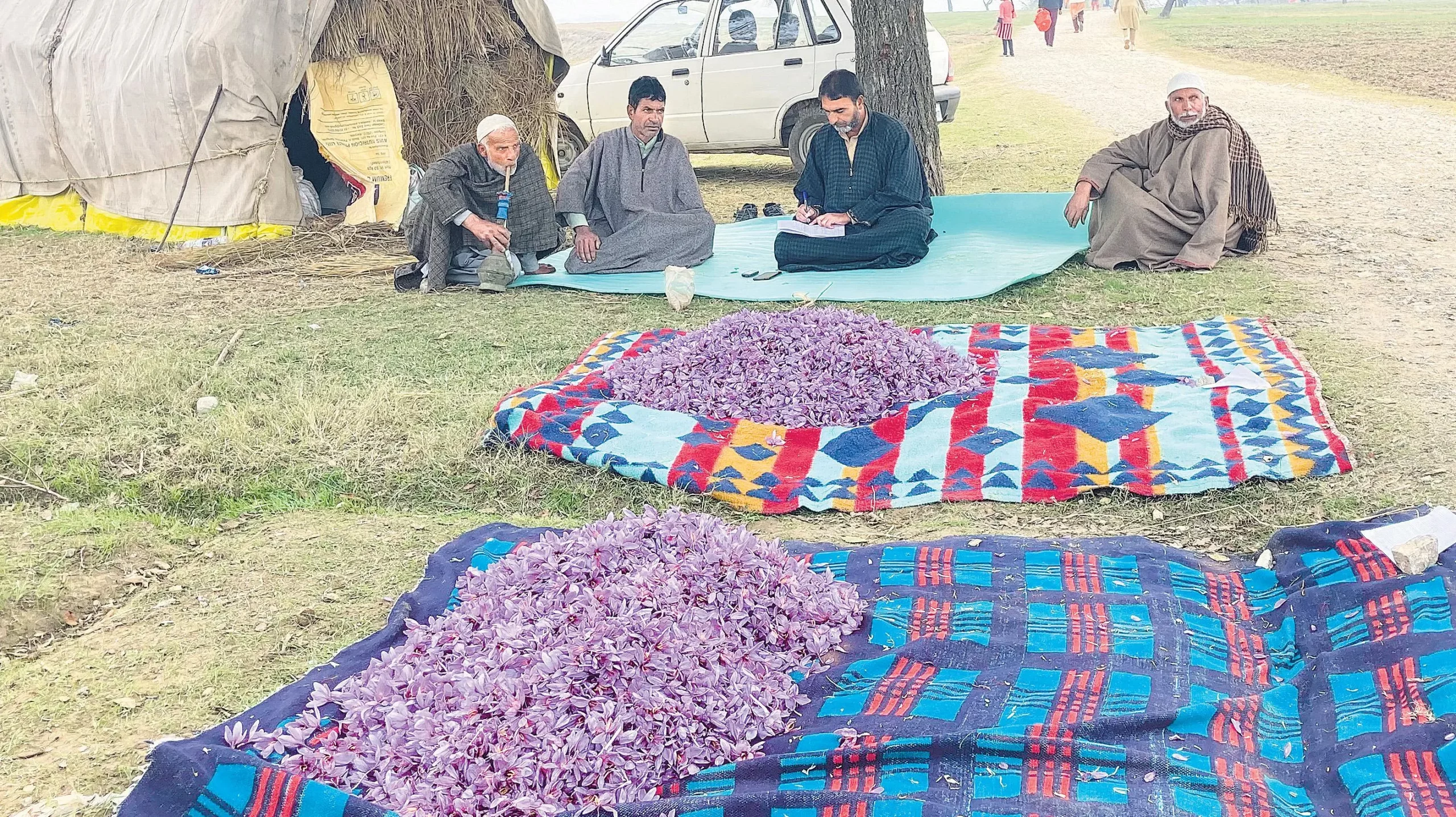In the picturesque region of Lethpora, Pampore, saffron farmers like Mohammad Khan are grappling with the harsh realities of climate change. Traditionally, October marks the beginning of the saffron harvest season, but last year, Khan faced unprecedented delays. Despite his efforts, only half of his usual yield was salvaged by November.
Abdul Gani Reshi, another saffron cultivator, shares Khan’s plight. With just 12 grams harvested during the initial half of the season, Reshi reminisces about the days when a single day’s yield surpassed 2 kilograms. The decline in productivity has pushed Reshi’s family to contemplate shifting to alternative crops.
Attributing the decline in saffron yields to climate change and inadequate irrigation, farmers like Khan and Reshi are witnessing the gradual transformation of fertile lands into barren expanses. The absence of timely rains crucial for saffron cultivation has disrupted the delicate balance required for a bountiful harvest.
Renowned as the “king of spices,” Kashmiri saffron commands premium prices in global markets. However, the industry, valued at approximately 300 crore, faces existential threats due to diminishing output and dwindling cultivation areas. The Kashmiri variety, prized for its aroma and color, is increasingly becoming a rarity.
As saffron cultivation shrinks from 5,707 hectares in 1997-98 to 3,715 hectares in 2021-22, urgent measures are needed to safeguard Kashmir’s saffron legacy. Revitalizing irrigation infrastructure and implementing climate-resilient agricultural practices are imperative to ensure the survival of this precious spice and the livelihoods it sustains.

